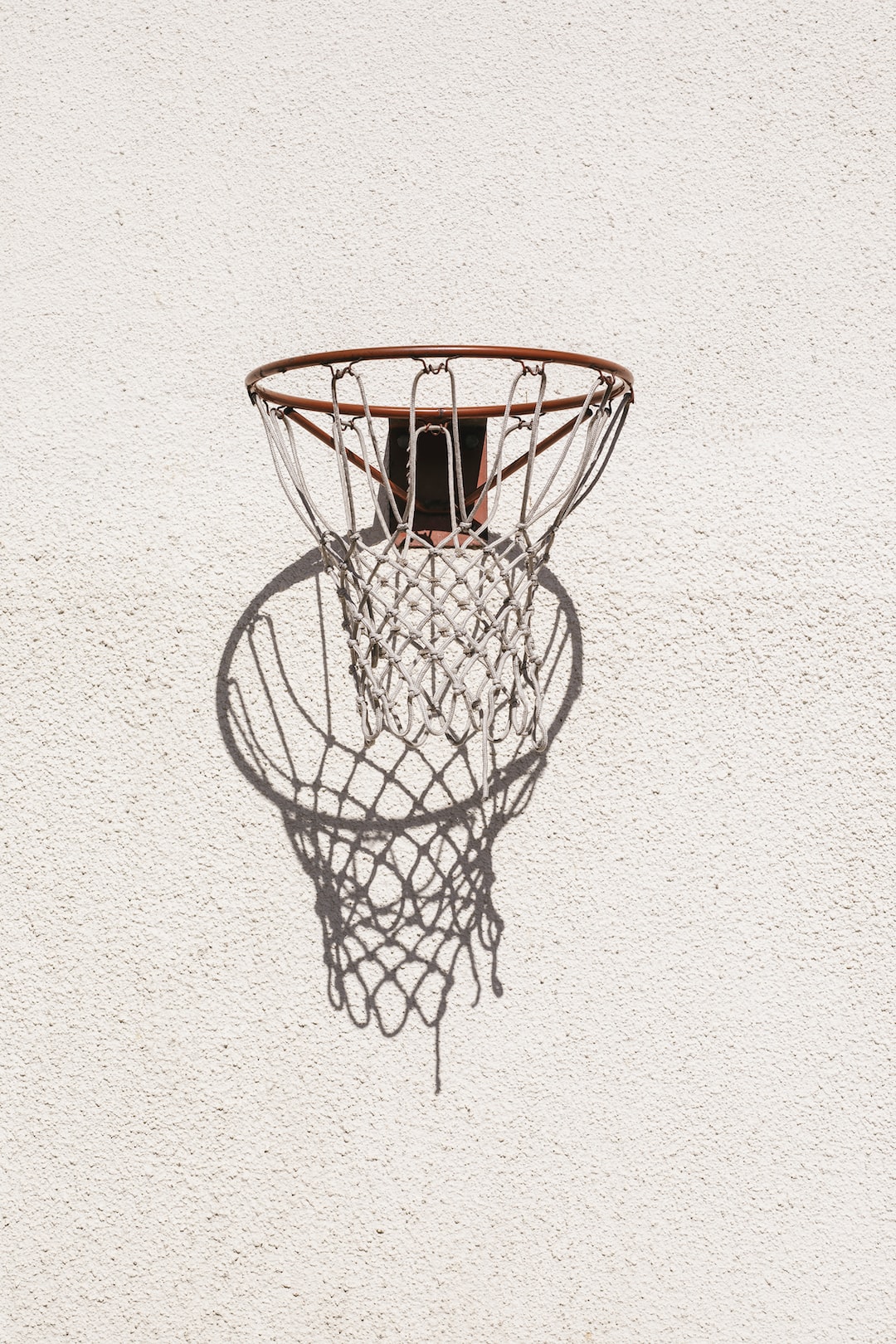Choosing the Right Running Shoe: How to Find Your Perfect Fit
Whether you are an experienced runner or just starting out, finding the right pair of running shoes is essential for a comfortable and injury-free workout. With so many options available, it can be overwhelming to choose the perfect fit. However, by considering certain factors and following a few guidelines, you can find the running shoe that suits your running style, foot shape, and personal preferences.
1. Understand Your Running Style:
Before setting out to buy a new pair of running shoes, it’s important to determine your running style. Are you a neutral runner, overpronator, or supinator? Neutral runners have a normal arch and don’t roll their foot excessively inward or outward. Overpronators, on the other hand, tend to roll their foot inward excessively, while supinators have high arches and roll their foot outward. Identifying your running style will help you choose the right shoe with the appropriate support and cushioning.
2. Get a Proper Foot Assessment:
To determine your running style and foot shape accurately, consider visiting a specialty running store or a podiatrist who can provide a detailed foot assessment. They can assess factors like arch height, foot width, and pronation to suggest suitable running shoe options. It is recommended to get your foot measurement done in the afternoon when your feet are at their largest.
3. Consider the Cushioning:
Different running shoes offer various levels of cushioning, and the ideal choice depends on personal preference and the surface you typically run on. Some runners prefer a softer and well-padded shoe to absorb impact, while others may prefer a firmer shoe that offers a more responsive ride. If you predominantly run on pavement or harder surfaces, more cushioning is usually advisable to reduce the risk of injury.
4. Try Several Brands and Models:
Every shoe brand designs their shoes with slight variations in fit, shape, and purpose. The best way to find the perfect fit is to try on multiple brands and models of running shoes to see which one feels the most comfortable. Remember to try them on with the socks you typically wear while running, as this can affect the shoe fit.
5. Don’t Forget About Width and Length:
Finding the right shoe size goes beyond just the length. Foot width and volume also play a crucial role in ensuring a secure fit. If you have wide or narrow feet, consider brands that offer different width options. Shoes that are too tight can cause blisters and discomfort, while shoes that are too loose may lead to instability and potential injuries.
6. Consider Your Running Terrain:
Your running environment should also influence your shoe choice. If you mainly run on trails or uneven surfaces, opting for a trail running shoe with added traction and protection is recommended. Conversely, if your runs are primarily on asphalt or concrete, road running shoes with a focus on cushioning and durability are more suitable.
7. Shop Towards the End of the Day:
Feet tend to swell as the day progresses, so it’s advisable to go shopping for running shoes towards the end of the day. This will ensure that you choose a size that accommodates your feet when they are at their largest, preventing any discomfort during your runs.
8. Test Them Out:
Once you have found a pair of running shoes that seem to fit well, take them for a test run if possible. Many specialty running stores have treadmills or allow customers to go for a short jog outside the store to assess the shoe’s comfort and performance. Testing them in action will give you a better understanding of how they feel during a run.
9. Replace Regularly:
Lastly, remember that running shoes have a limited lifespan. On average, running shoes should be replaced every 300 to 500 miles, depending on factors such as your body weight, running style, and the surface you run on. Pay attention to signs of wear and tear, loss of cushioning, or discomfort, as these are indications that it may be time for a new pair.
Choosing the right running shoe is a personal journey, and it may take some trial and error to find your perfect fit. By considering your running style, getting a proper foot assessment, and trying out different brands and models, you can ensure that your running shoes provide the comfort, support, and performance you need for an enjoyable running experience. Remember, investing in the right pair of running shoes is investing in your running journey and overall health.

